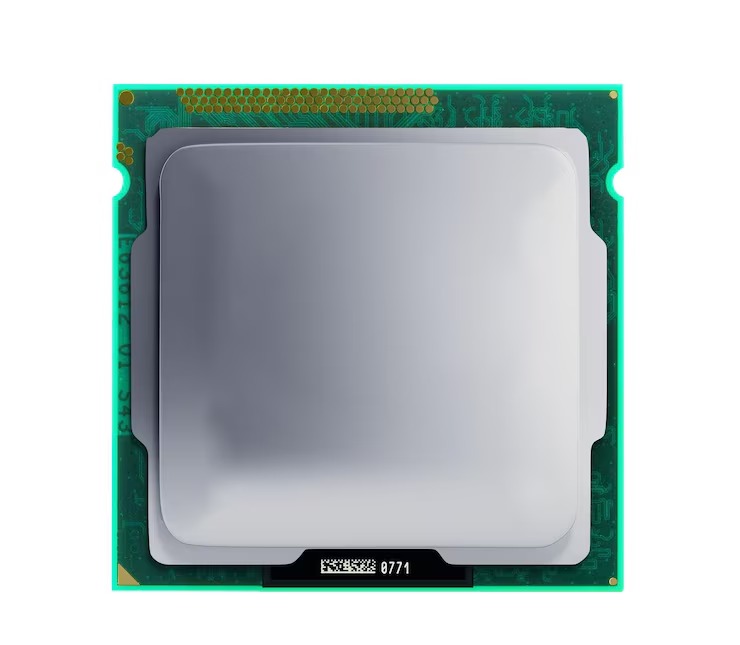The Evolution of Tech Over the Years
From the invention of the wheel to the rise of smartphones, technology has been a driving force in shaping human civilization. The evolution of tech is a testament to our relentless pursuit of innovation, solving problems, and improving the quality of life. This article explores the transformative journey of technology over the decades, highlighting key milestones and offering insights into what the future may hold.
The Dawn of the Digital Age
The mid-20th century marked the beginning of the digital age, a period that revolutionized how we process and store information. The invention of the transistor in 1947 paved the way for smaller, faster, and more efficient electronic devices. This breakthrough led to the development of computers, which were initially massive machines occupying entire rooms. Early computers like the ENIAC were used primarily for complex calculations in scientific and military applications.
By the 1970s, personal computers began to emerge, bringing computing power to homes and businesses. The Apple II, released in 1977, was one of the first widely successful PCs, offering a user-friendly interface and practical applications. This era also saw the birth of the internet, originally a government project that later evolved into a global network connecting people and information.
The Rise of Mobile and Wireless Technology
The 1980s and 1990s witnessed the proliferation of mobile technology. The first commercially available mobile phone, the Motorola DynaTAC 8000X, debuted in 1983. While bulky and expensive, it represented a significant leap in communication. Over the next two decades, mobile phones became smaller, more affordable, and more accessible, culminating in the launch of the first iPhone in 2007. Apple’s smartphone combined a phone, music player, and internet browser into a single device, setting the standard for modern smartphones.
Wireless technology also advanced rapidly during this period. Wi-Fi, introduced in the late 1990s, eliminated the need for physical cables to connect devices to the internet. Bluetooth technology, developed around the same time, enabled seamless communication between devices, from headphones to keyboards. These innovations laid the foundation for the interconnected world we live in today.
The Era of Social Media and Cloud Computing
The early 2000s marked the rise of social media platforms, transforming how we communicate and share information. Facebook, launched in 2004, quickly became a global phenomenon, followed by platforms like Twitter, Instagram, and LinkedIn. These platforms not only changed personal communication but also revolutionized marketing, politics, and even activism.
Another major development during this period was the advent of cloud computing. Companies like Amazon, Google, and Microsoft began offering cloud-based services, allowing businesses and individuals to store and access data remotely. This shift reduced the need for physical storage devices and enabled collaboration on an unprecedented scale. Cloud computing also powered the growth of streaming services like Netflix and Spotify, which have reshaped the entertainment industry.
The Emergence of Smart Devices and IoT
The 2010s saw the rise of smart devices and the Internet of Things (IoT). Smartphones became ubiquitous, and other devices—such as smartwatches, thermostats, and home assistants—began integrating connectivity and intelligence. Products like the Apple Watch and Amazon Echo demonstrated how technology could seamlessly integrate into daily life, offering convenience and efficiency.
IoT extended beyond personal devices to industries like healthcare, agriculture, and manufacturing. For example, wearable health monitors allow individuals to track their fitness and vital signs, while smart irrigation systems optimize water usage in farming. These innovations highlight the potential of technology to address global challenges and improve sustainability.
The Future of Tech: What Lies Ahead?
As we look to the future, several trends are poised to shape the next chapter of technological evolution. Quantum computing, still in its early stages, promises to solve complex problems far beyond the capabilities of traditional computers. Advances in renewable energy technology, such as more efficient solar panels and energy storage systems, could accelerate the transition to a sustainable future.
Another area of focus is the development of augmented reality (AR) and virtual reality (VR). These technologies have already found applications in gaming and entertainment, but their potential extends to education, training, and remote work. Additionally, the continued growth of 5G networks will enable faster and more reliable connectivity, supporting the expansion of IoT and other advanced applications.
Actionable Guidance for Staying Ahead
To navigate the rapidly changing tech landscape, individuals and businesses must remain adaptable and informed. Here are a few practical steps to stay ahead:
- Stay Informed: Follow reputable tech news sources and attend industry conferences to stay updated on emerging trends and innovations.
- Invest in Learning: Continuously develop new skills, particularly in areas like coding, data analysis, and cybersecurity, which are in high demand.
- Embrace Flexibility: Be open to adopting new technologies and processes that can improve efficiency and competitiveness.
- Prioritize Security: As technology becomes more integrated into our lives, safeguarding data and privacy is critical.
The evolution of technology has been a remarkable journey, driven by human ingenuity and the desire to push boundaries. By understanding its history and anticipating its future, we can harness its potential to create a better world.



